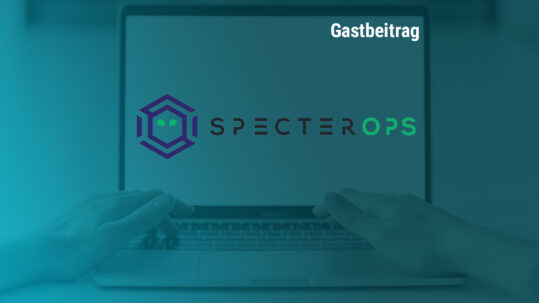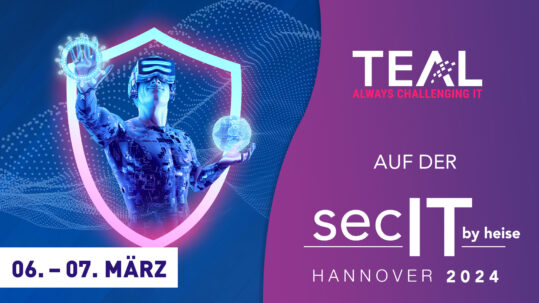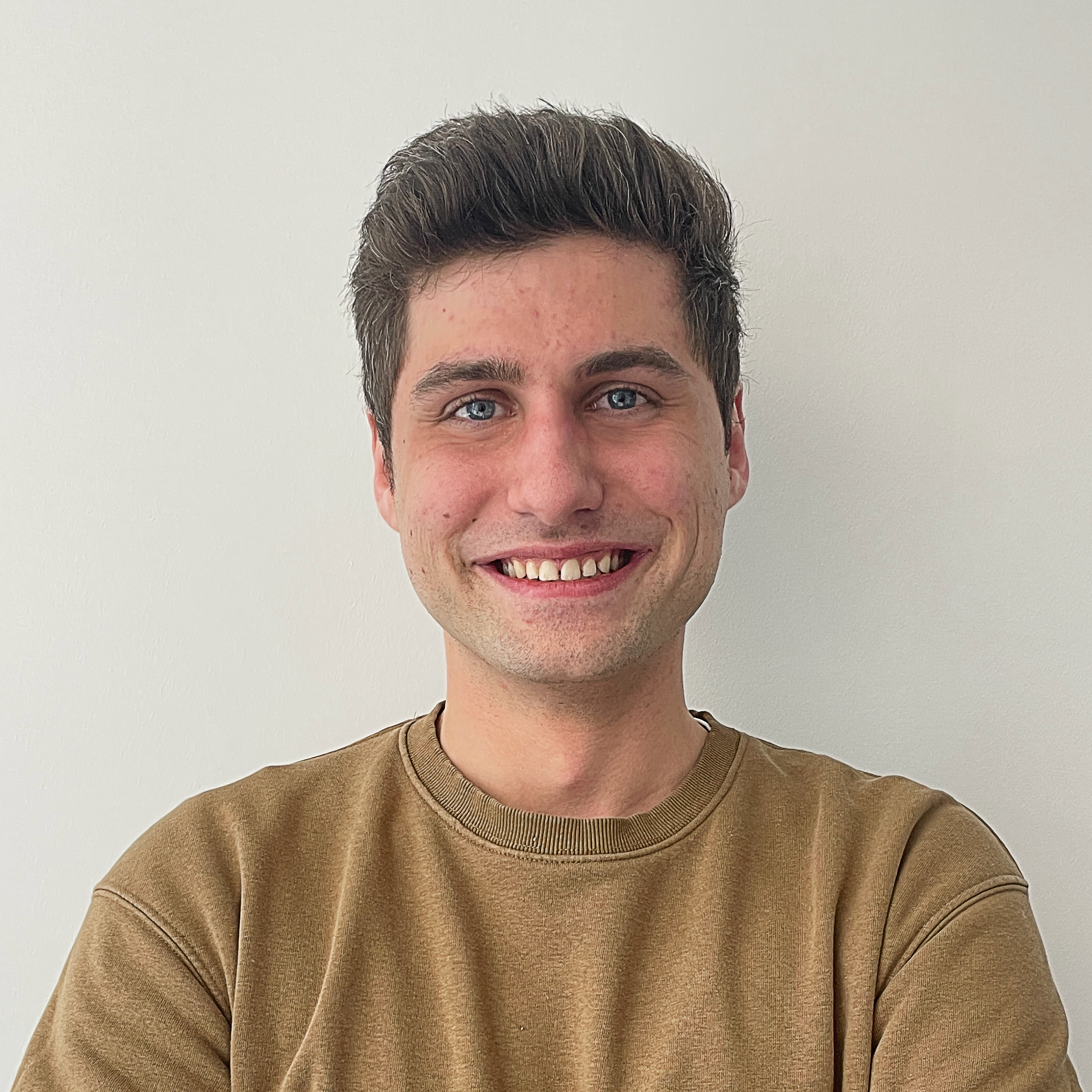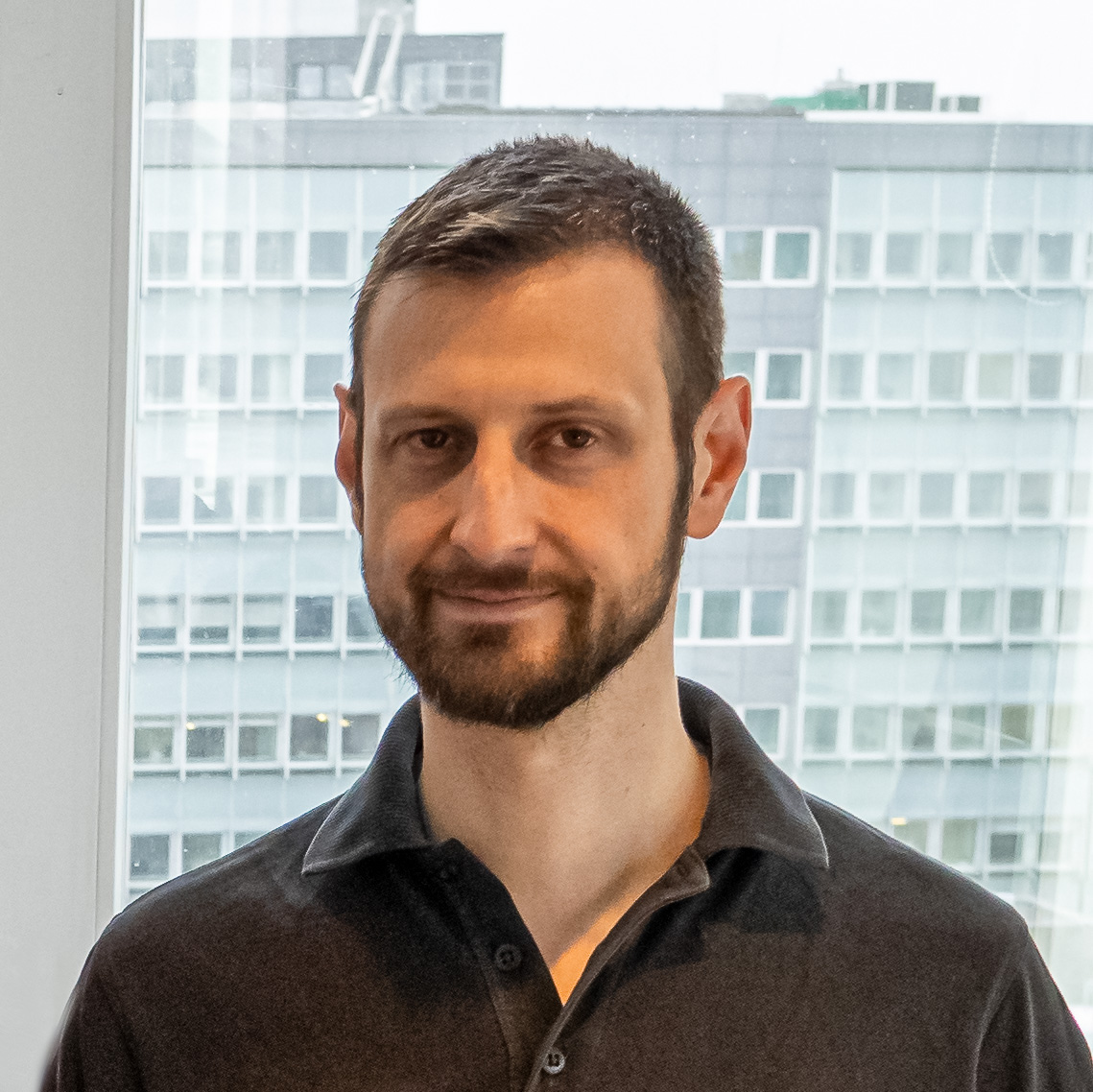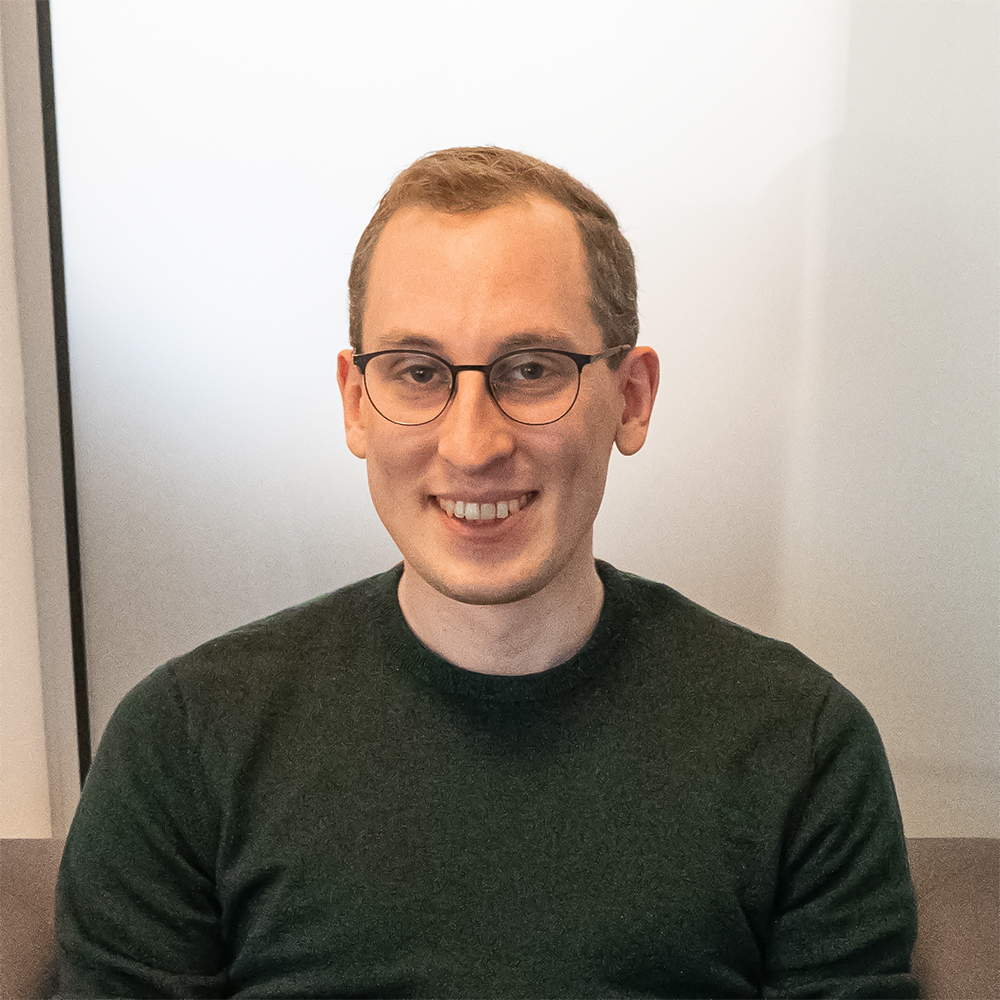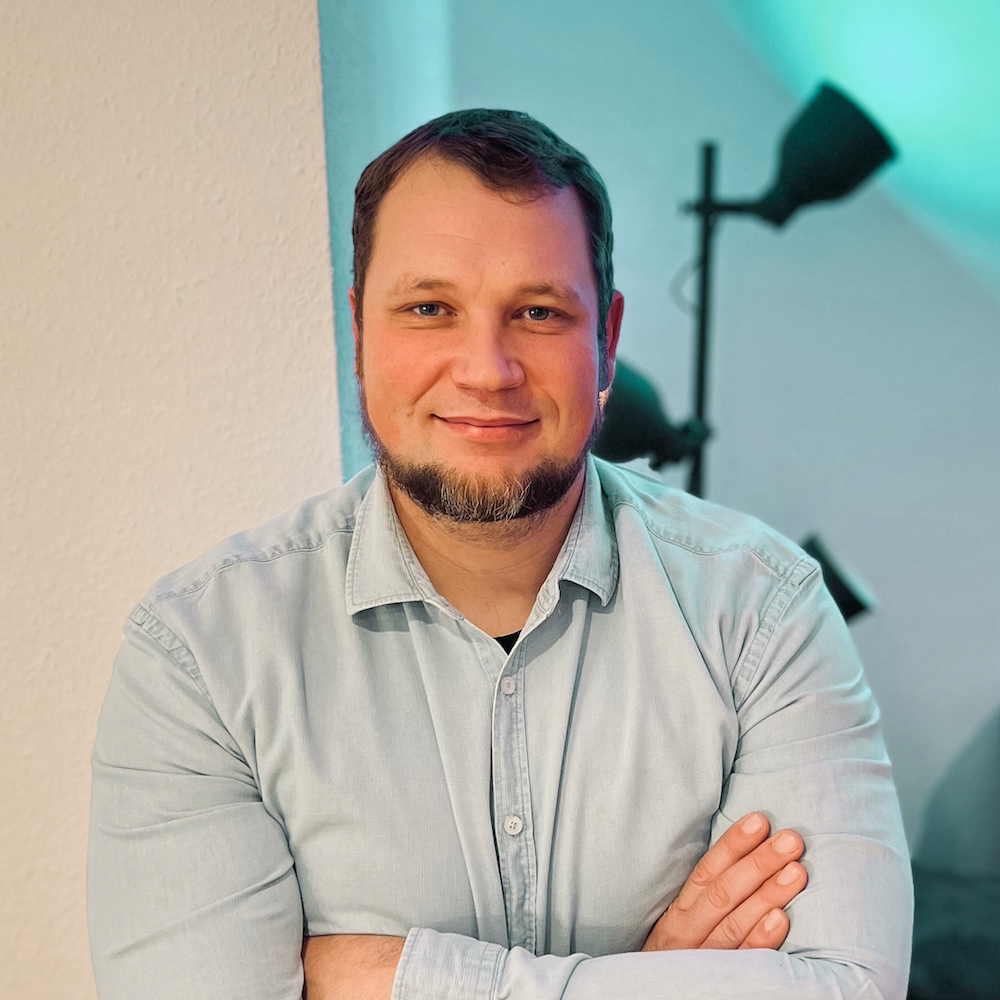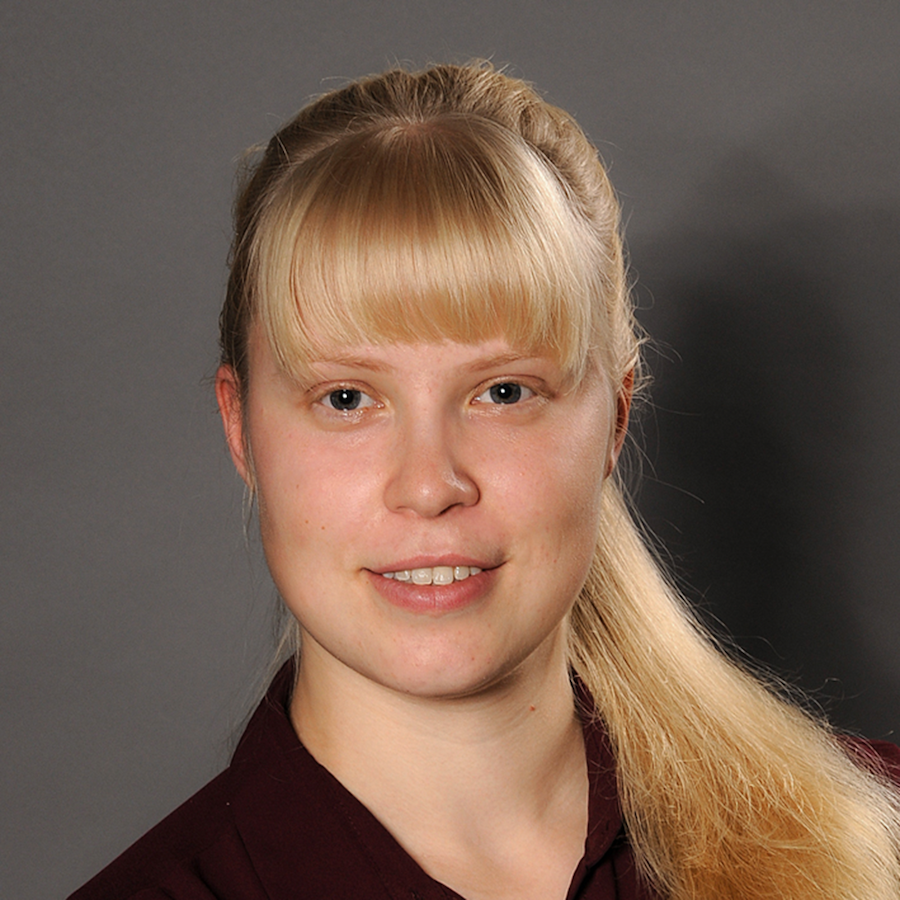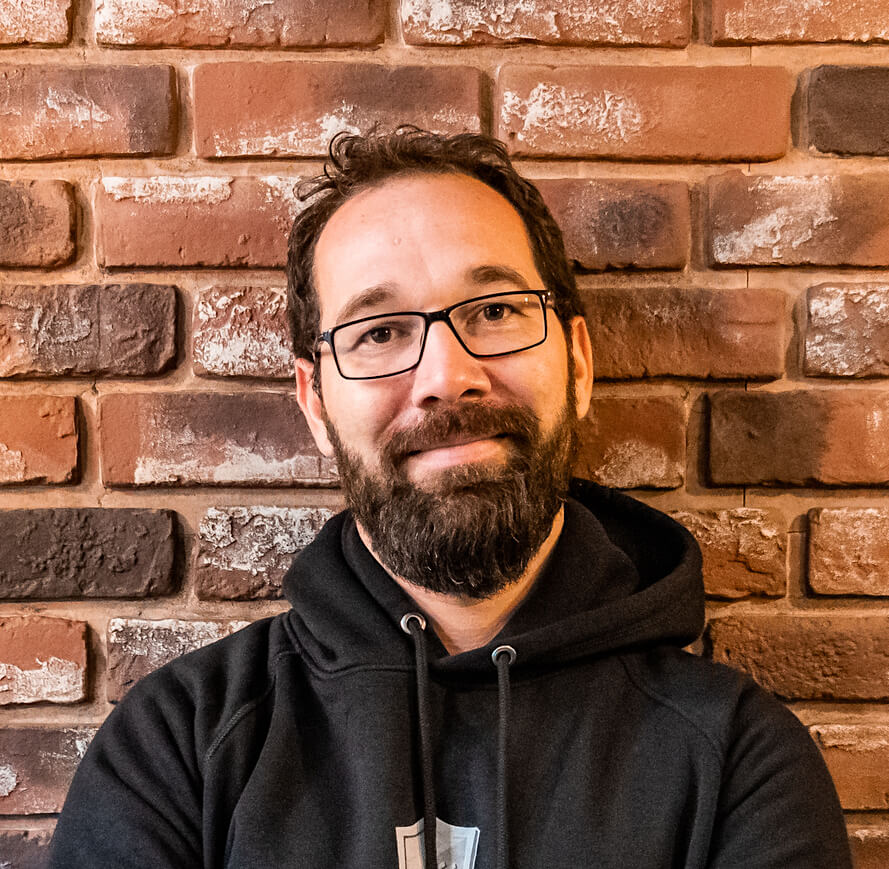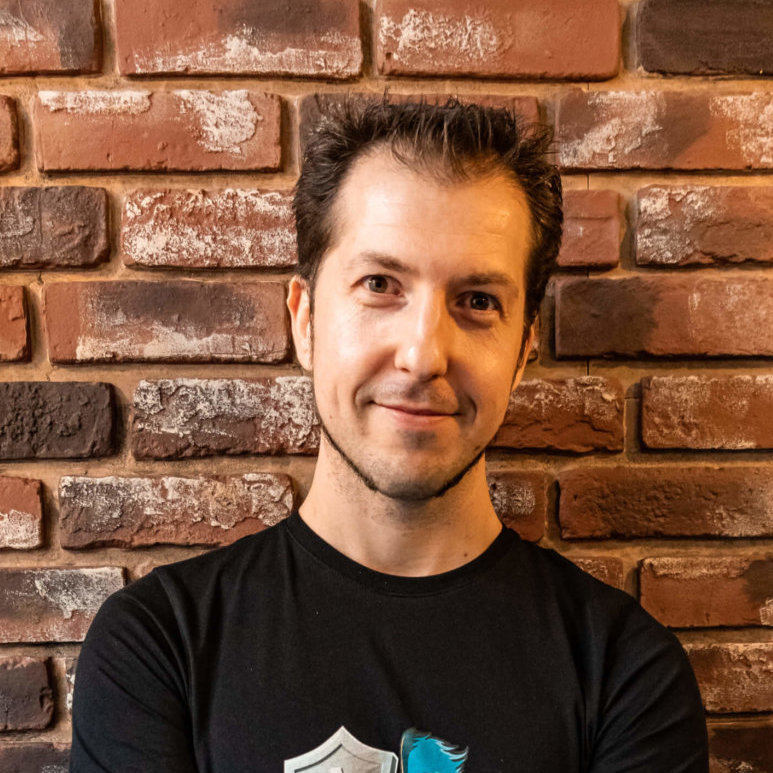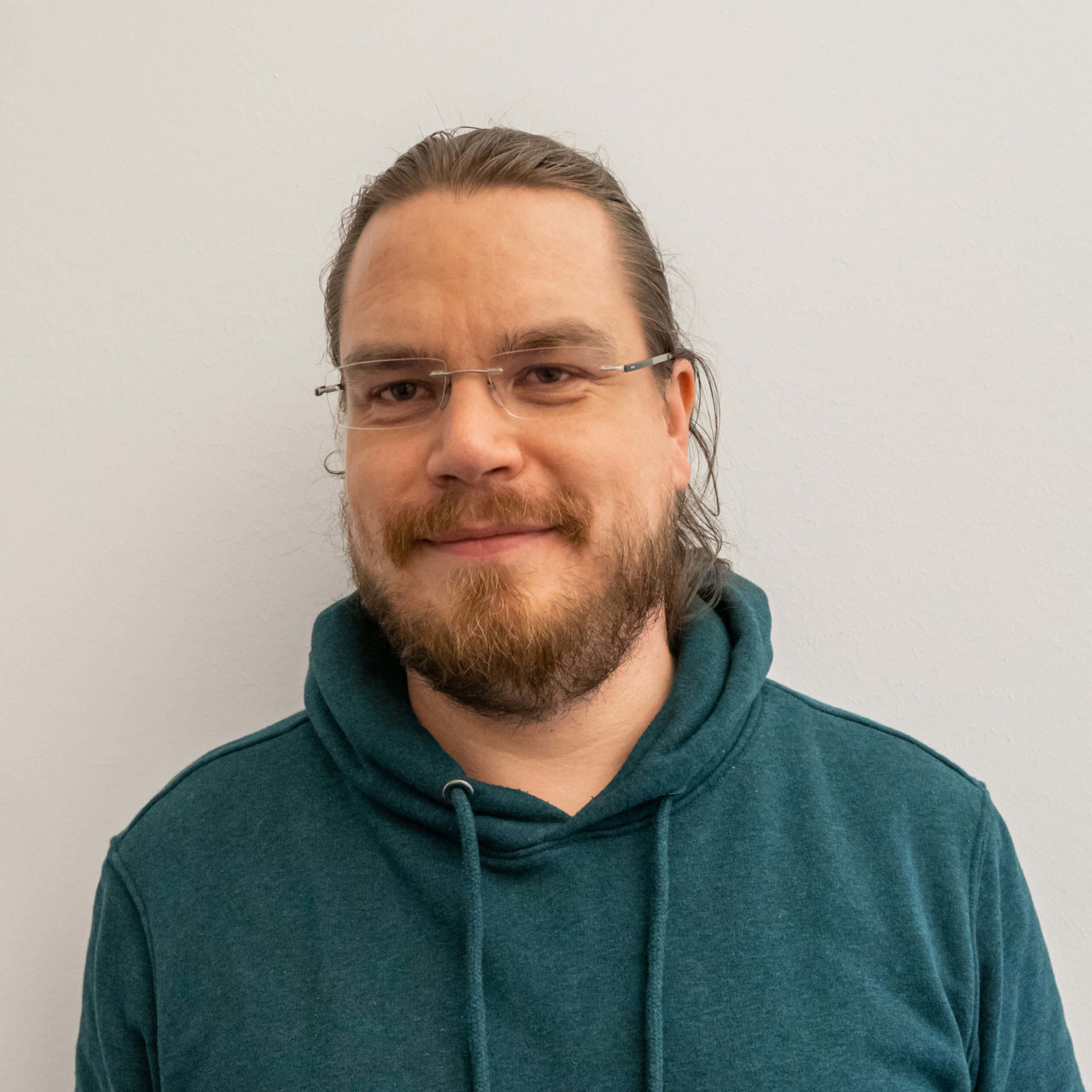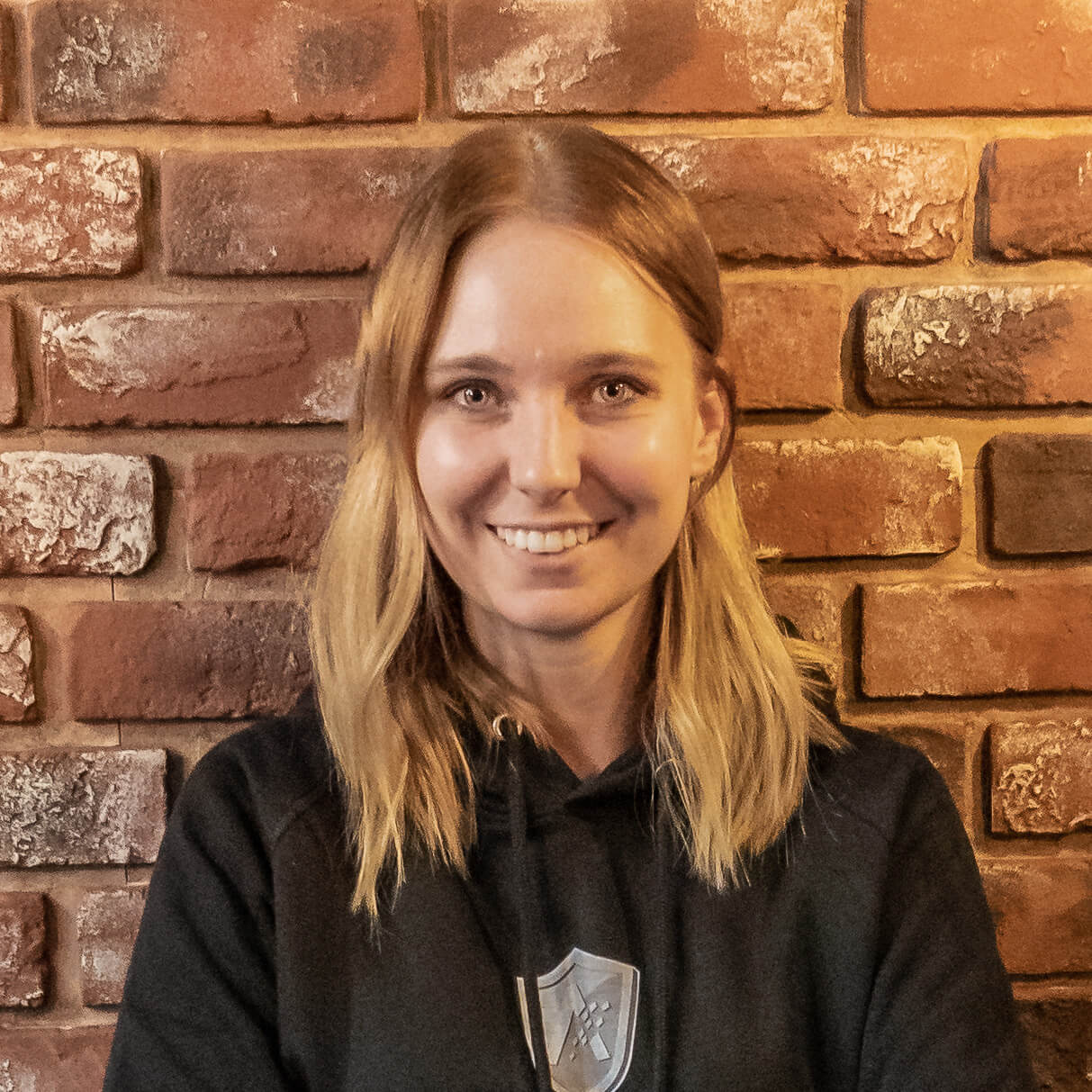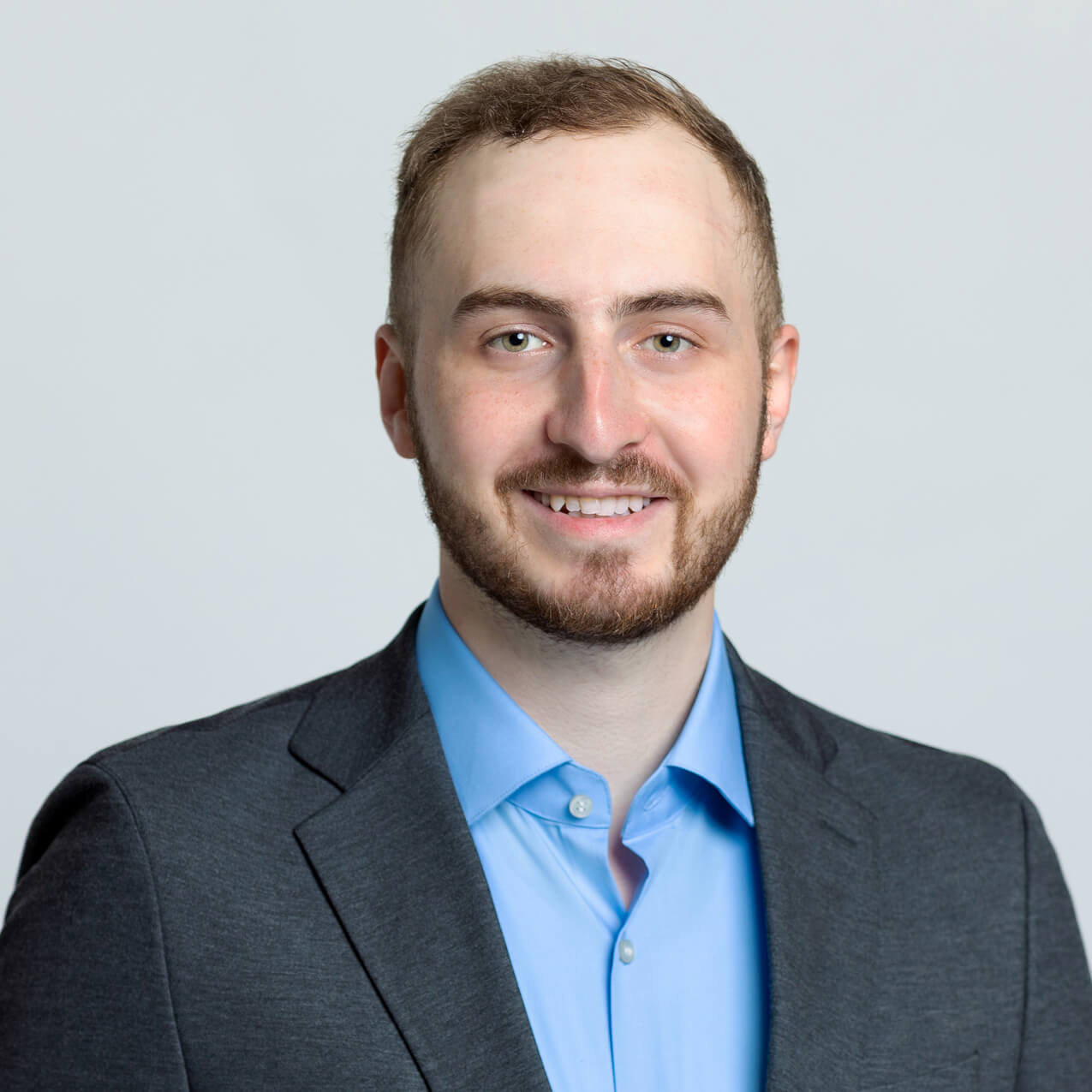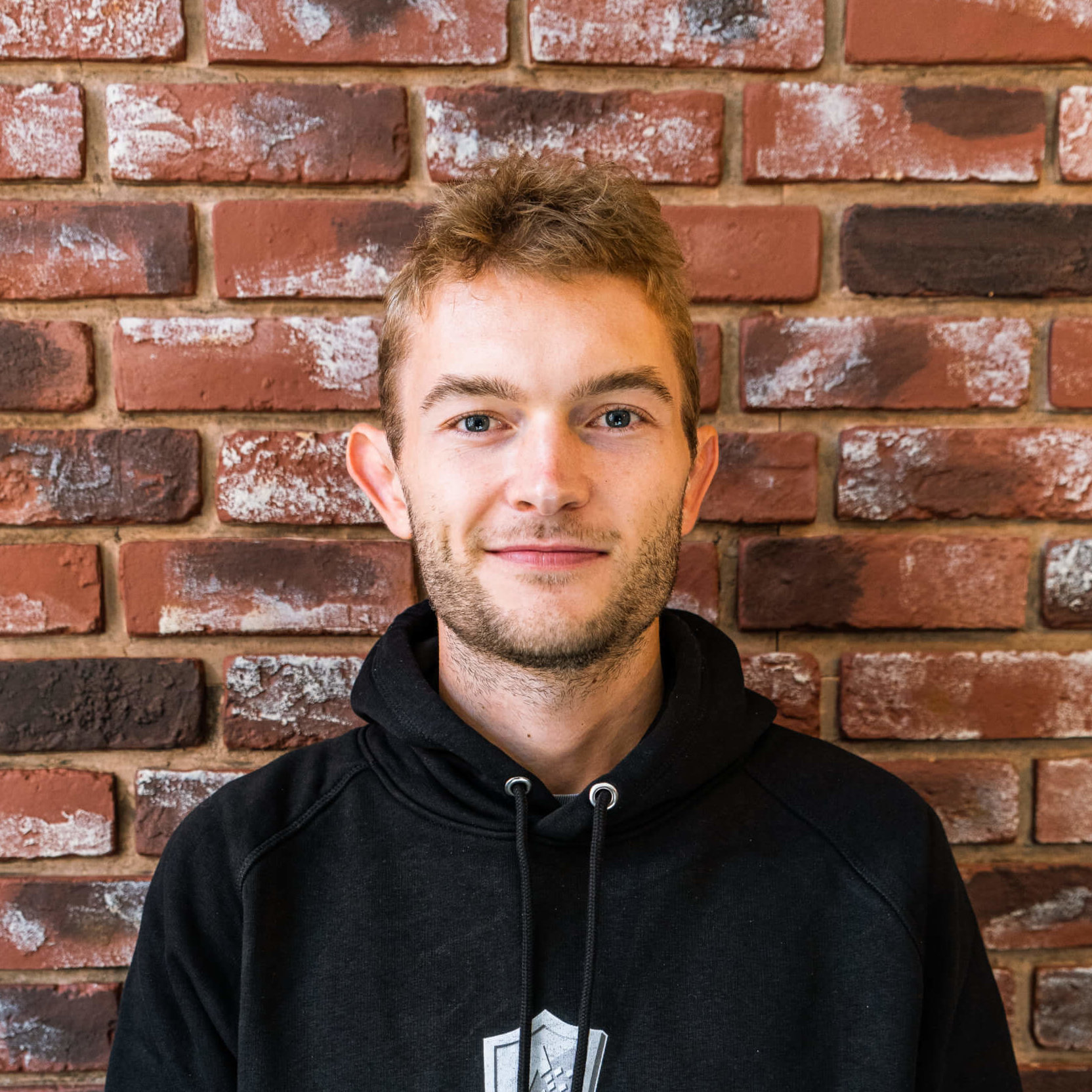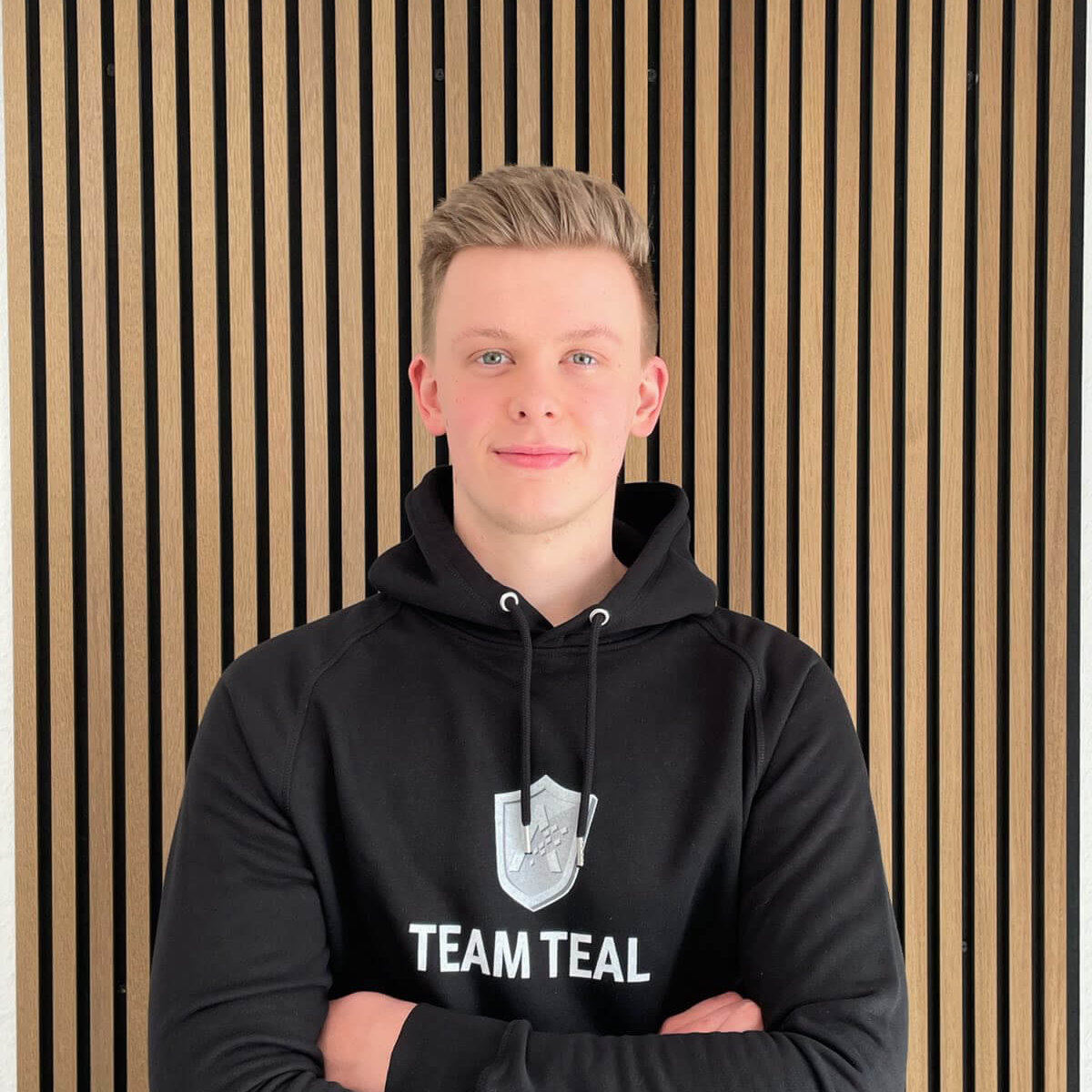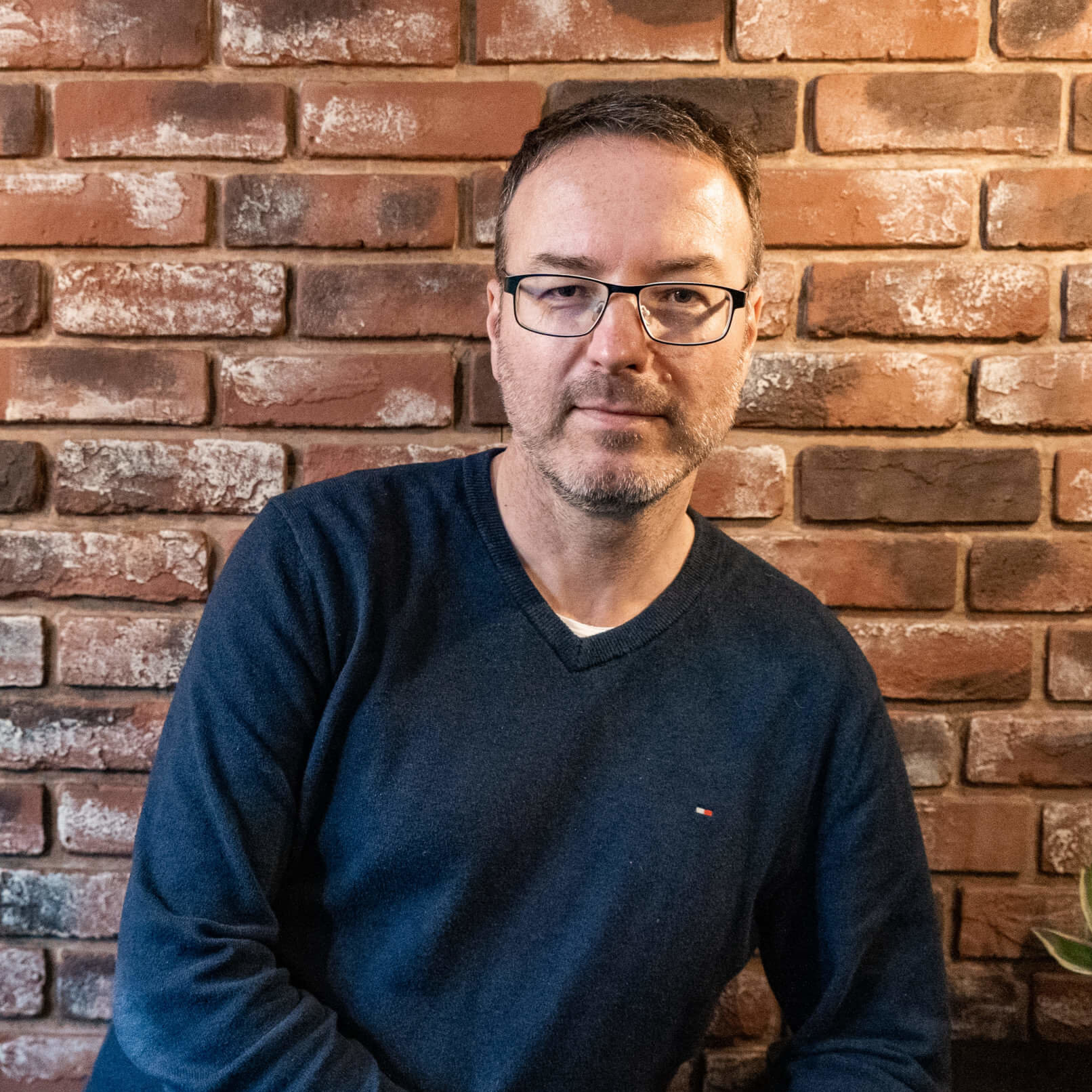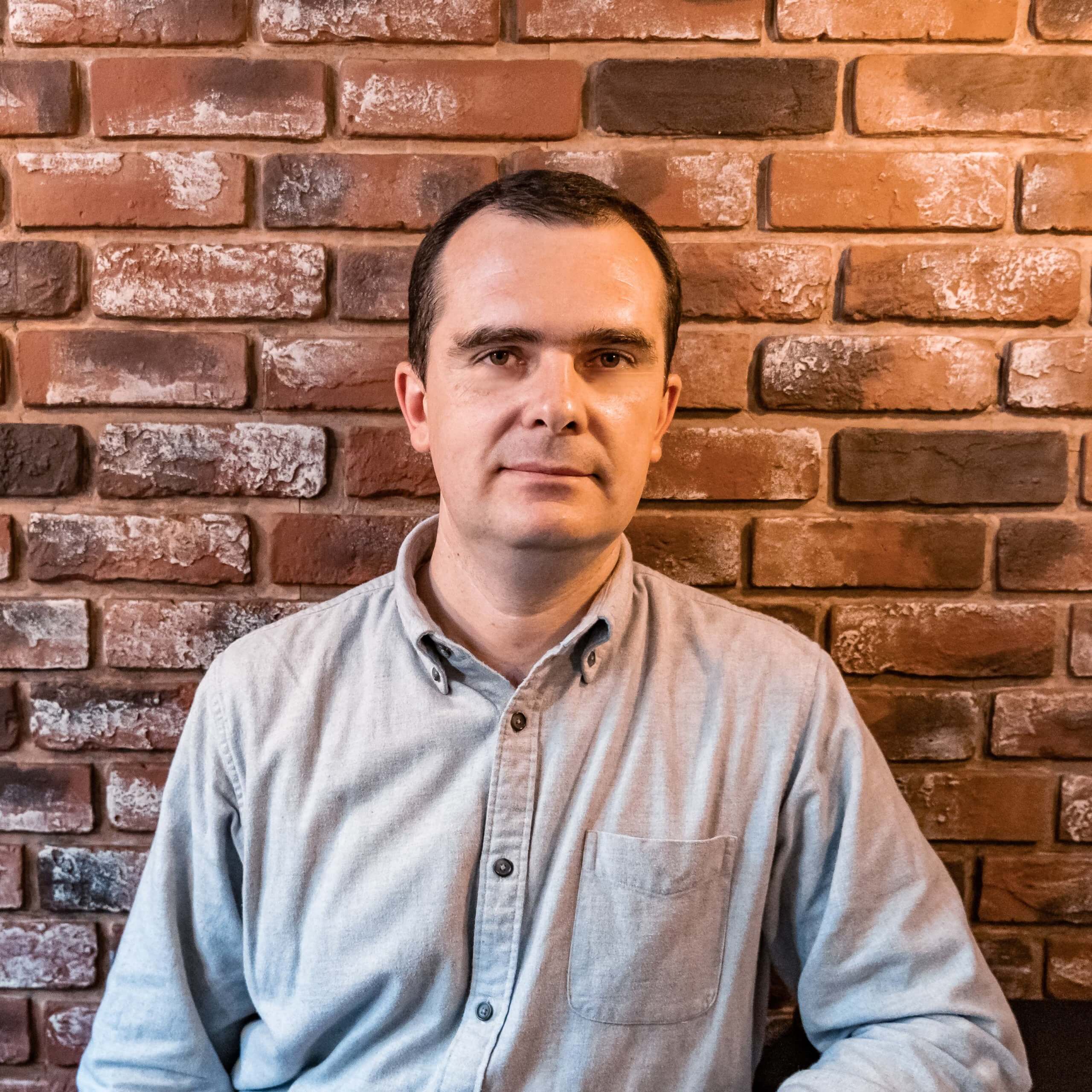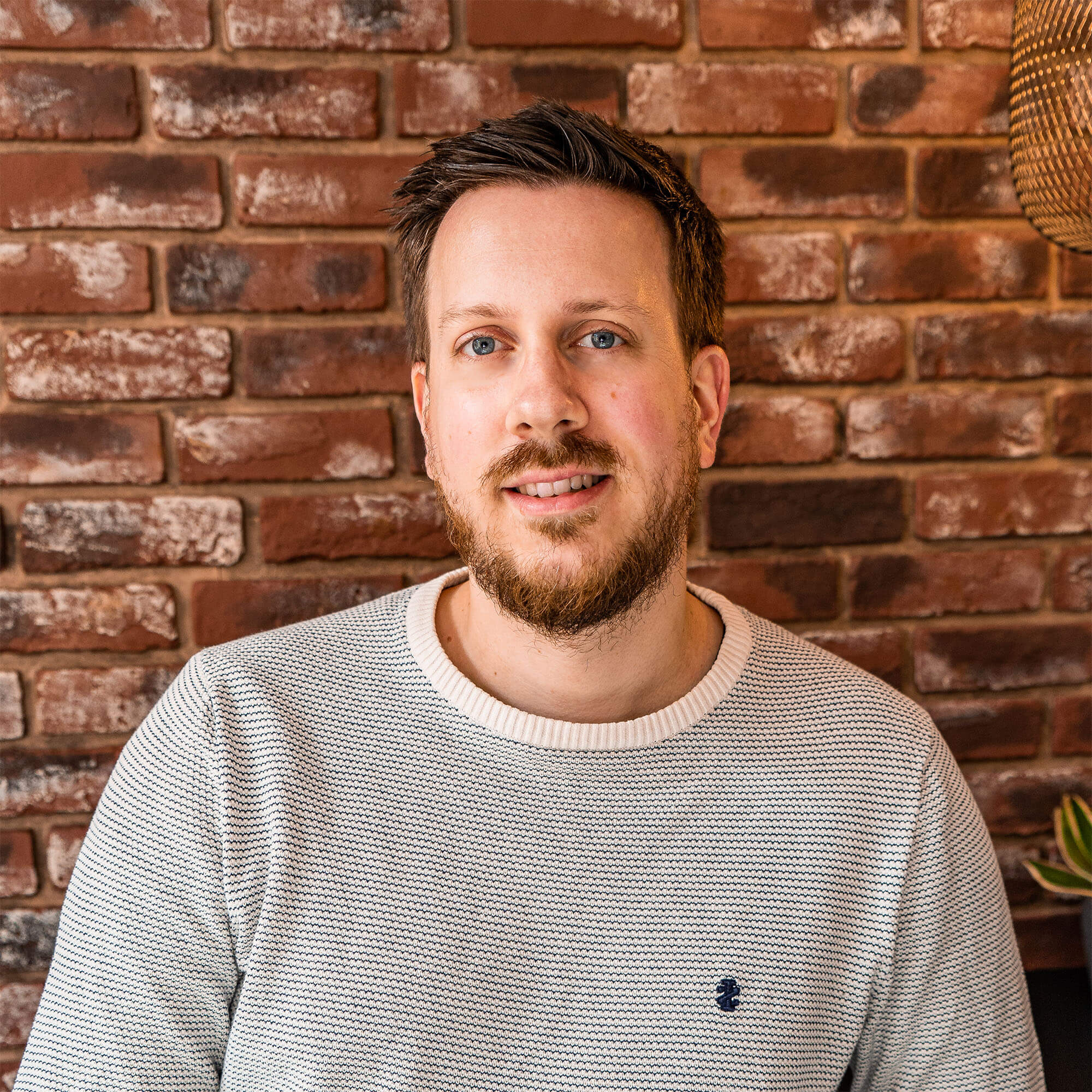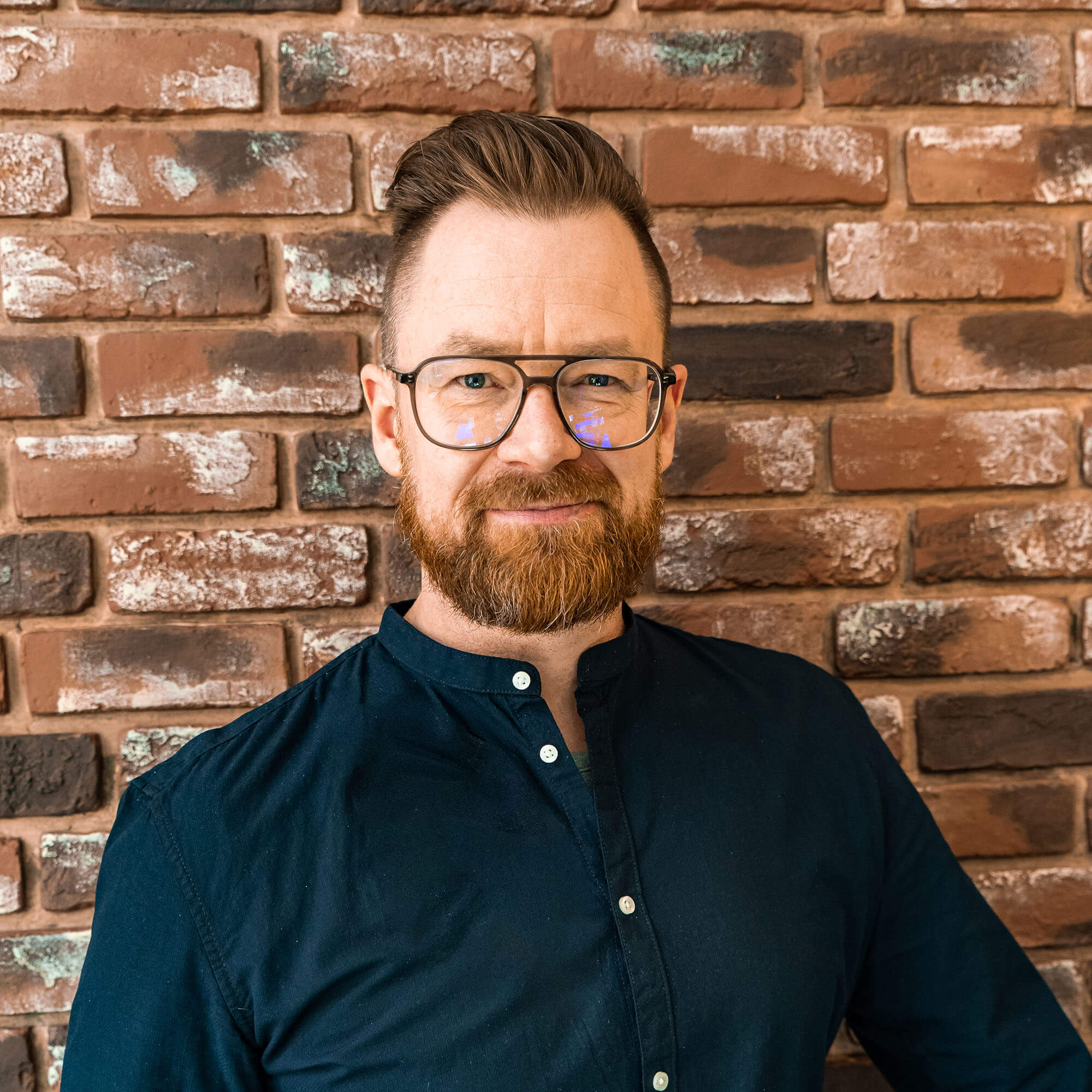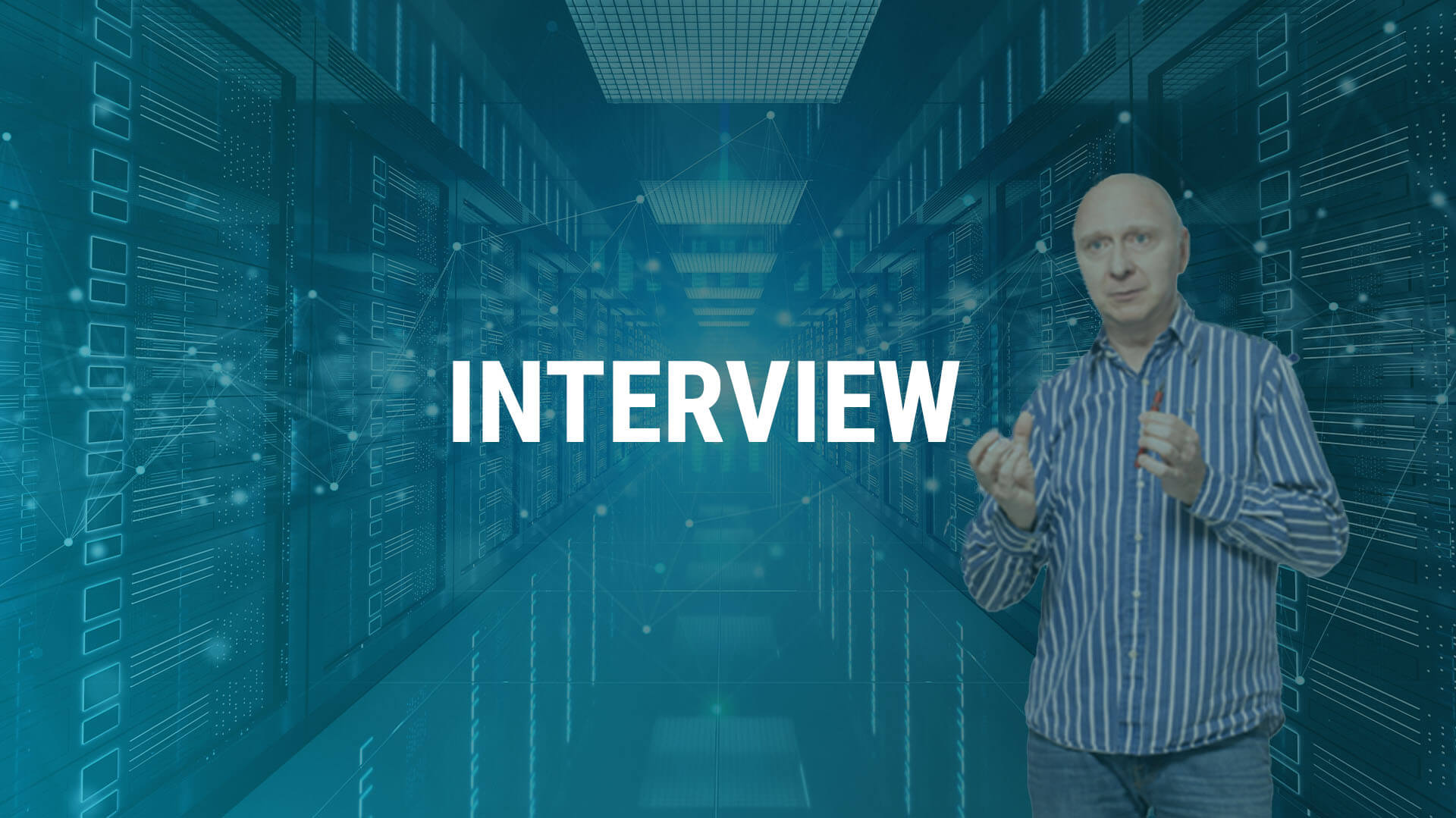
15 Feb Interview with Microsoft Trainer Torsten Fischer
In this interview we offer you the opportunity to get to know an experienced Microsoft trainer and to benefit from his expertise. In this interview with Lisa Werner from Teal, Torsten Fischer talks about his professional roots and how he became a certified Microsoft trainer. He also gives us an insight into his personal working methods and his approach to online training with trainees in the Microsoft environment.
Mr. Fischer’s training is characterized by his individual approach. He responds to the specific needs of the participants, especially our IT security trainees, and is always there for them. He uses state-of-the-art technology and innovative methods to create an optimal learning environment for our security beginners. His trainings are informative as well as interactive and hands-on.
Talking to Mr. Fischer not only provides an insight into the world of Microsoft training, but also valuable lessons for online training.
Das Interview
Teal: In which field do you have your professional roots and how did you get into Microsoft training and education?
Mr. Fischer: “I learned a little programming in my first degree and was fascinated by the new computers. After the fall of the Berlin Wall, I took a second degree in communications technology and expanded my knowledge. Through chance acquaintances with professors, I specialized in programming operating systems and even started my own company. After my second degree, I went to a company that wanted to hire me because of my experience. However, when the company went bankrupt, I decided to work independently. Over the years, I have worked as a freelance certified Linux and Microsoft trainer and developed training materials. My target group are employees in companies who want to take exams or want to learn more about Microsoft technology. To this day, I am often asked by police departments and ministries for training and education. Especially in the area of cybersecurity, the demand for my training is increasing”.
Teal: How do you start your online training with new trainee candidates with us and total duration do you set for the training?
Mr. Fischer: “I approach the training with the participants in a personal and not so formal way. I immediately offer the “you” so that the participants feel comfortable and know that they can ask questions at any time. If I cannot answer a question, I still try to find a solution to provide an appropriate answer, for example through my extensive network. It is important to me that the participants know that I am there to help them as much as possible. For example, if something is not understood by one of the trainee’s customers, we discuss the issue in detail.
I determine the total duration of the training based on my own experience. This means that if I already have a good idea of the participants’ previous knowledge, for example through their studies or training, I do not have to start with basic topics, but can speed up the pace and include other important topics. Otherwise, I follow the Microsoft courses, but keep in mind that they also contain product promotion. In many cases, I can eliminate that advertising and be more flexible by describing how to proceed in similar situations.”
Teal: Tell us about the training process and at what point you enter the Microsoft world!
Mr. Fischer: “For the entry, or first block, I plan four to five days, depending on my assessment. A lot of people coming in are IT specialists in systems integration, for example, but they have never actually worked on the system. So in my courses, I start on a greenfield basis, so they can easily follow me and pretend that we want to start a new company, for example. I then guide them through setting up a complete domain, with domain controllers, member servers and member clients, and multiple sites if necessary.
This is very challenging for many at first, but in my opinion the best starting strategy.
The second part consists of more complex topics that require an understanding of the first part. Topics such as certificate services, Active Directory security, group policies, etc. come into play.
When we have successfully completed this, I try to move on to future technology and set up a third part. This part has been very successful in the past because we use it as a complex review and refresh and repeat the topics discussed so far, laying the foundation for Microsoft Azure.
In the fourth block, I have so far focused on pure Azure topics, planned for four days, although hybrid scenarios are also quite relevant for the future. In the fifth and final block, I’ll continue with Azure, Active Directory, and the tier model.”
Teal: What prior knowledge should ideally already be brought along?
Mr. Fischer: “Yes ideally prior knowledge of operating systems, many have of course grown up with the client operating systems (Windows 7, 8, 10). There one should know in rough outlines, how the operating system is handled. However, as already mentioned, this is also explained on the green field. It’s important to me to be able to pick up all participants, no matter where they are with their knowledge level.”
Teal: What if a participant has questions in between?
Mr. Fischer: “I respond individually to all the issues and questions that the participants bring to my attention. Asked questions, for example, I always take to loosen up in between, so that the questioner gets his answer and the other participants get a short rest after talking through more complex topics.”
Teal: How do you describe the relationship between theory and practice in your training, and can each participant “test” for themselves to better comprehend what is being said? How does that work via video conferencing?
Mr. Fischer: “I do a lot of practice and would say 40% theory, 60% practice. Whereby I definitely explain by practical example, and the theory I try to present with flipcharts I have written myself. These theoretical basics are especially important for troubleshooting when something doesn’t work as planned.
Each participant has his own virtual machine, from the beginning to the end of the course, which I do not prepare. That means there are only images on it, so we do the initial configuration by hand. We can then create so-called snapshots in these virtual machines. This means that if something is defective or incorrectly configured, the snapshot is reset to the last point where the function was still given, and as we all know, we learn from mistakes. Most of the time these are careless mistakes like backslash or letter & number errors. The participants also learn that they really have to concentrate in these situations, because the rework is much more extensive.
We’re working with Microsoft Teams on this, so everyone has the ability to share their screen and collaborate on solutions.”
Teal: Specifically, what topics are covered and what is the main focus and is cybersecurity addressed?
Mr. Fischer: “We cover the complete server track: DNS, PKI, DHCP, IPAM, Active Directory management, sites and services. All the topics that a future system engineer must master and that are also required in practice by the customer.
I also point out the security criteria right at the beginning and demonstrate this on my PC. I show how easy it is to hijack a foreign domain if the security precautions are not sufficient or the employees are careless and fall for phishing mails. And that also sparks interest in looking into the issue further.”
Teal: What sets you apart from other trainers?
Mr. Fischer: “I am neither arrogant nor arrogant, but at eye level with the participants. What I don’t do compared to other trainers is just present PowerPoint slides. That gets boring very quickly with theoretical topics and for that I think there are books and training materials that you can look at outside of the course.
I use the method of explaining things with practical examples, which I think increases the understanding of the participants.”
Teal: What do you think are the opportunities & risks of online-only training?
Mr. Fischer: “The opportunities are, for example, the quantity of participants. Very many people can now participate at the same time without being limited to a hall or lecture room size. The disadvantage, again, is that it is less possible to address individual questions and problems. I prefer to conduct my training sessions with a maximum of eight participants. Not all topics can be implemented in online training, such as logging on to the physical computer with a smart card, which I have to transfer to virtual machines.
In the course of Corona, I also had to adapt and change to online training. Which I have also managed to do with the help of my customers.”
Teal: What does the future look like in your eyes for newcomers to the cybersecurity field?
Mr. Fischer: “Threats are increasing and attackers are getting faster. You certainly can’t go wrong by entering the cybersecurity world. However, you can only master the security track if you know and understand the basics. Then you’re not only assured of a secure job, but also very good earning prospects.”
Teal: Thank you Mr. Fischer for the detailed information and the further cooperation!
For more information about Torsten Fischer, please visit his website at http://www.training-center.it.
Sieh dir diesen Beitrag auf Instagram an
Sieh dir diesen Beitrag auf Instagram an
LATEST POSTS
-
Behind the scenes of our security assessment
Today we want to take a look behind the scenes of our security assessment, but what is it anyway? In a nutshell, we enable you to make informed decisions and base your next steps on a solid, risk-aware foundation....
15 April, 2024 -
Pwned by the Mail Carrier
How MS Exchange on-premises compromises Active Directory and what organizations can do to prevent that. SpecterOps recommends their customers establish a security boundary around their most critical assets (i.e., Tier Zero) of Active Directory (AD). ...
04 April, 2024 -
secIT 2024: Focus on system hardening
Together with one of our partners FB Pro, we will be at stand 58 in the Eilenriedehalle in the Hannover Congress Centrum. Our focus will be on a central topic that is of crucial importance in the cyber security world: system hardening...
15 February, 2024
